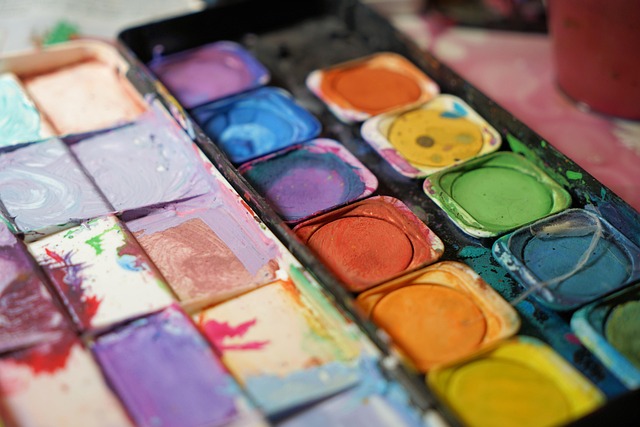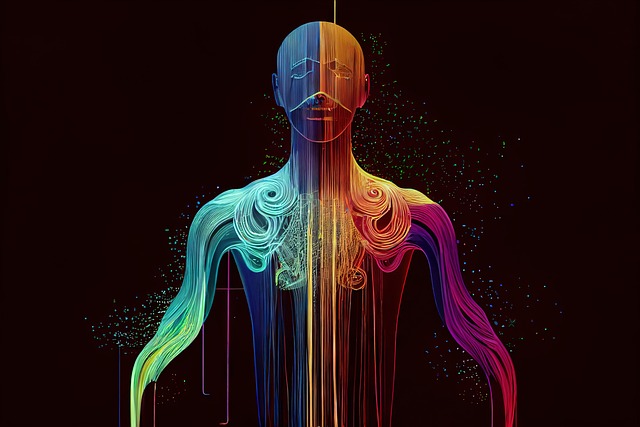As we delve into the vibrant world of graphic design, one cannot overlook the profound influence that painting has on this creative domain. The essence of painting is deeply embedded in the fabric of graphic design, allowing artists to blend traditional techniques with modern technology. This blog post explores the enchanting relationship between art and design, revealing how painting continues to inspire graphic designers around the globe.
At its core, painting is an expressive medium, offering artists a unique way to convey emotions and concepts through color, form, and texture. Graphic designers harness this emotional power, integrating paint-like aesthetics into their digital works. The sweeping strokes of a paintbrush can evoke feelings of joy or melancholy, and this emotional connection is a vital component of effective design.
The transition from traditional painting to graphic design is not a stark divide but rather a continuum where the two practices coexist and enrich one another. Many graphic designers begin their careers with a foundation in fine arts, where they develop a keen eye for color theory, composition, and texture. These principles inform their digital creations, giving life to designs that resonate with audiences on a deeper level.
Consider the use of digital painting techniques in graphic design. Tools like Adobe Photoshop and Procreate have transformed the way artists approach their work, allowing them to mimic traditional brushes and textures while creating stunning visual narratives. This technique not only enhances the aesthetics of design projects but also provides a sense of authenticity that can be lacking in purely digital graphics.
Moreover, the ability to infuse hand-painted elements into graphic design sets a project apart. Artists can create custom illustrations filled with personality and warmth that stand out in a world saturated with mass-produced digital images. When a designer opts for a hand-painted approach, it speaks volumes about their commitment to craftsmanship and individuality.
In the realm of branding, the art of painting also plays a critical role. Logos and marketing materials infused with painted textures can evoke a sense of familiarity and trust, essential traits that help businesses forge deeper connections with their customers. The unique characteristics of hand-painted designs can express brand values such as creativity, authenticity, and innovation, drawing consumers in with a visual story that resonates.
As we witness the evolution of design trends, it is clear that the influence of painting will persist. From minimalist designs that hint at watercolor washes to bold graphics featuring paint drips and splashes, the art of painting remains a powerful force in the design world. Artists and graphic designers alike are encouraged to explore their creative boundaries, experimenting with various techniques to find new ways to express their vision.
In a rapidly digitized environment, the human touch brought by painting offers a refreshing contrast. It reminds us of the joys of creation, the spontaneity of mixing colors, and the satisfaction of seeing a blank canvas transform into a masterpiece. Embracing this artistic foundation allows graphic designers to cultivate a unique voice that stands out amidst the noise.
Ultimately, the art of painting in graphic design serves as a bridge connecting past and present. It celebrates the human experience, infusing every pixel with emotion and depth. As designers continue to push the boundaries of creativity, the fusion of painting and graphic design will undoubtedly yield wondrous results, inspiring future generations to harness the power of art in all its forms.




